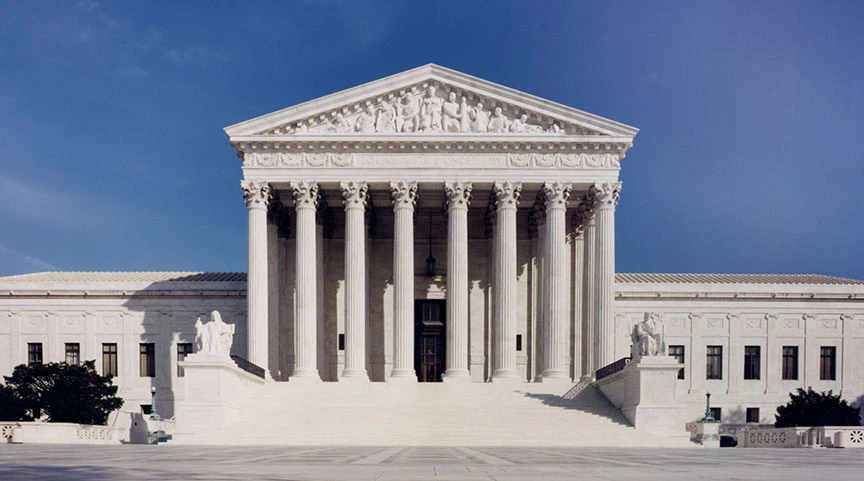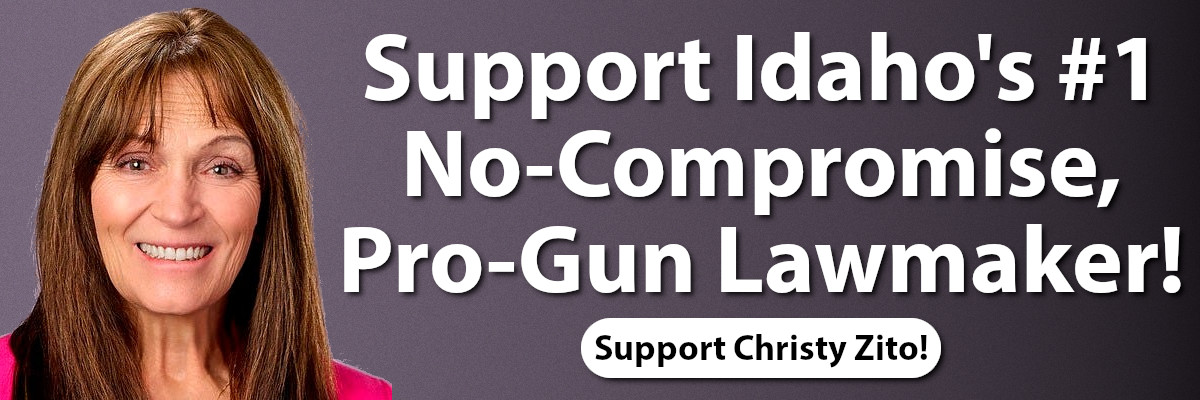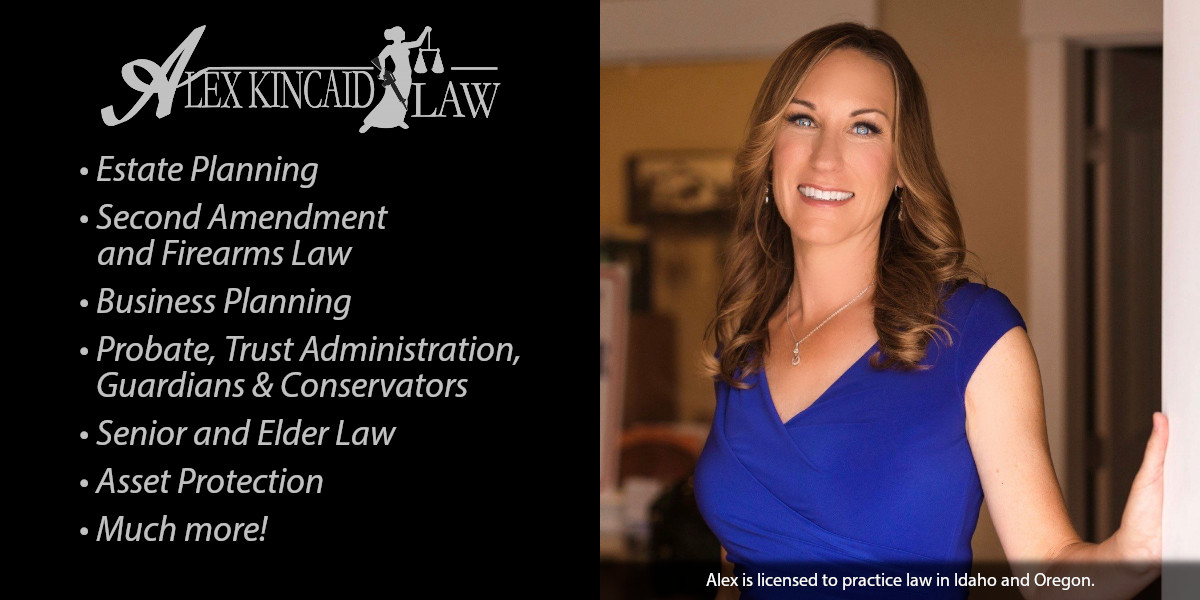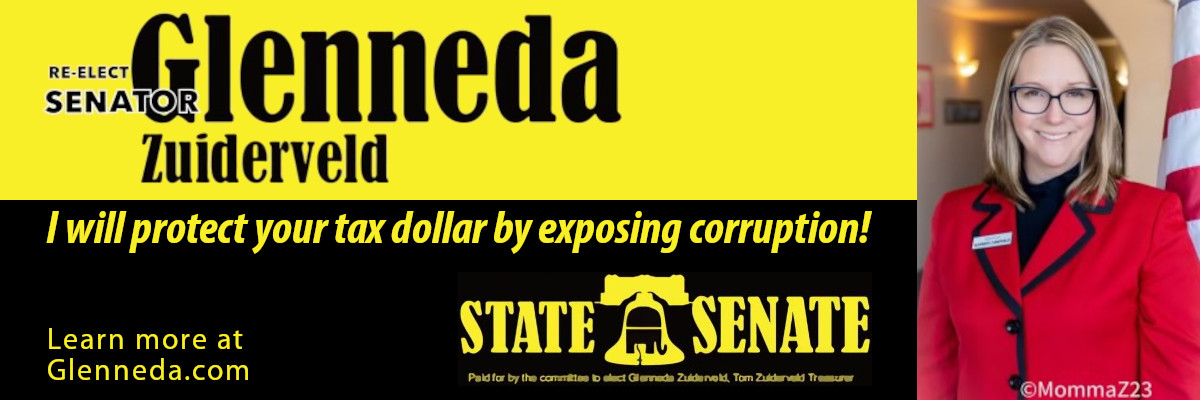
SCOTUS Delivers Three Controversial Decisions – Part 1 – Affirmative Action
By Sarah Clendenon • July 7, 2023In recent weeks the Supreme Court has delivered three decisions on issues of interest and importance to Americans. The topics include affirmative action, college student loan debt forgiveness, and compelled speech – a First Amendment question. We will cover the loan forgiveness and free speech cases in subsequent articles.
CASE 1: AFFIRMATIVE ACTION: A nonprofit organization, Students for Fair Admissions, Inc. (SFFA), filed the affirmative action lawsuits separately against Harvard College and University of North Carolina. SFFA argued that the admissions programs, which were based partly on the applicant’s race, is a violation of Title VI of the Civil Rights Act of 1964 and the Equal Protection Clause of the Fourteenth Amendment of the United States Constitution. The cases were appealed to the US Supreme Court.
SCOTUS Affirmative Action OpinionThe Court’s decision was split six to three with Justices Roberts, Thomas, Alito, Gorsuch, Kavanaugh, and Barrett concurring, and Justices Sotomayor, Kagan, and Jackson dissenting. In the opinion, the Court wrote,
“Eliminating racial discrimination means eliminating all of it. Accordingly, the Court has held that the Equal Protection Clause applies “without regard to any differences of race, of color, or of nationality”— it is “universal in [its] application.” Yick Wo v. Hopkins, 118 U. S. 356, 369. For “[t]he guarantee of equal protection cannot mean one thing when applied to one individual and something else when applied to a person of another color.” Regents of Univ. of Cal. v. Bakke, 438 U. S. 265, 289–290.”
Justices Gorsuch and Thomas writing in concurrence with the Court said, in part,
“For many students, an acceptance letter from Harvard or the University of North Carolina is a ticket to a brighter future. Tens of thousands of applicants compete for a small number of coveted spots. For some time, both universities have decided which applicants to admit or reject based in part on race. Today, the Court holds that the Equal Protection Clause of the Fourteenth Amendment does not tolerate this practice. I write to emphasize that Title VI of the Civil Rights Act of 1964 does not either.”
Advertisement
That law states, and the justices continue,
““No person in the United States shall, on the ground of race, color, or national origin, be excluded from participation in, be denied the benefits of, or be subjected to discrimination under any program or activity receiving Federal financial assistance.” 42 U. S. C. §2000d. The message for these cases is unmistakable. Students for Fair Admissions (SFFA) brought claims against Harvard and UNC under Title VI. That law applies to both institutions, as they elect to receive millions of dollars of federal assistance annually. And the trial records reveal that both schools routinely discriminate on the basis of race when choosing new students—exactly what the law forbids.”
Justice Sotomayor was joined by Justices Kagan and Jackson in her dissent of the Court’s opinion. She wrote,
“This limited use of race has helped equalize educational opportunities for all students of every race and background and has improved racial diversity on college campuses. Although progress has been slow and imperfect, race-conscious college admissions policies have advanced the Constitution’s guarantee of equality and have promoted Brown’s vision of a Nation with more inclusive schools. Today, this Court stands in the way and rolls back decades of precedent and momentous progress. It holds that race can no longer be used in a limited way in college admissions to achieve such critical benefits. In so holding, the Court cements a superficial rule of colorblindness as a constitutional principle in an endemically segregated society where race has always mattered and continues to matter. The Court subverts the constitutional guarantee of equal protection by further entrenching racial inequality in education, the very foundation of our democratic government and pluralistic society. Because the Court’s opinion is not grounded in law or fact and contravenes the vision of equality embodied in the Fourteenth Amendment, I dissent.”
This decision changes the way colleges and universities have been conducting their admission decisions, and requires they change their behavior. The concurring opinion states that using race to determine admission status does in fact violate both the Fourteenth Amendment of the United States Constitution and the Civil Rights Act of 1964.
Feature image courtesy of Home – Supreme Court of the United States
Tags: Affirmative Action, Alito, Barrett, Discrimination, Gorsuch, Harvard, Jackson, Kagan, Kavanaugh, Race, Racism, Roberts, SCOTUS, SFFA, Sotomayor, Students for Fair Admissions, Supreme Court, Thomas, U.S. Supreme Court, UNC, University of North Carolina
4 thoughts on “SCOTUS Delivers Three Controversial Decisions – Part 1 – Affirmative Action”
Comments are closed.








Justice’s are supposed to be blind as to “race”, in this example.
If a Justice make judgements based on race, remove them.
“This limited use of race has helped equalize educational opportunities for all students of every race and background”
Ummm, no, not white or Asian students… Unfortunately this applies to schools and not the US government which will continue its biased hiring practices as will the large corporations.
Progressives like Sotomayor, Kagan, and Jackson are all about regression – not progress. It’s all fine and interesting that these “elite” schools were admitting more “diversity” onto their campuses, but the ugly facts are that those “diverse” students were failing at a much higher rate. You can’t improve someone’s education by setting them up to fail.
Personally, I believe that the students who were denied admission should go to other schools whom I’m sure would welcome their exceptional talent. Then they should actively shame and pillory these so-called “elitist” schools for their decisions. The fastest way to end these practices is for students to stop applying for admission to schools which discriminate in the name of “diversity.”